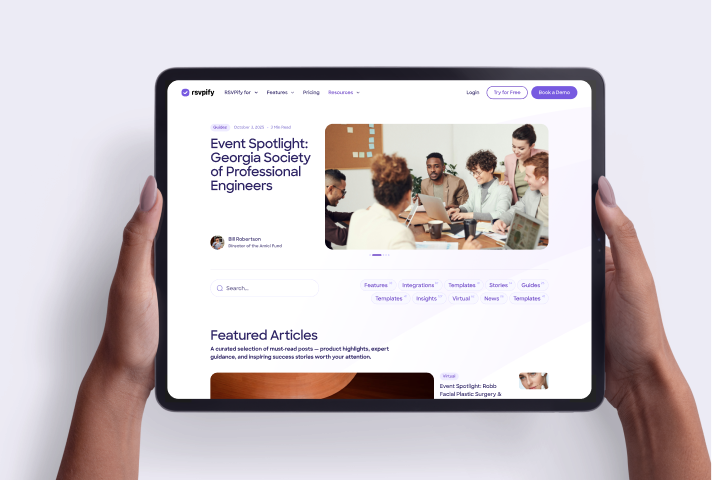As corporate America seems poised to fully return from the wilderness of the COVID-19 pandemic in 2024, decision makers are starting to raise their expectations for their in-person corporate events. If 2022 and 2023 were simply about making sure people would attend events again in numbers similar to before the pandemic, the trends certainly point toward events continuing to grow in attendance and importance for companies and their contracted event planners.
However, while returns to traditional corporate America are continuing, it's important to remember the after effects of remote life on attendee expectations. People still protect their free time more closely than before COVID, which means using some out-of-the-box ideas for corporate events in 2024 can be the perfect bridge between achieving the event ROI goals of before 2020, while also providing an experience your attendees (whether employees, potential clients, or potential partners) will enjoy and keep talking about long after the event is over.
So what do non-traditional ideas for corporate events look like in 2024? Let's take a look at four we've seen event planners rolling out recently, to help give you some inspiration for your corporate event planning this year.
While incentive trips aren't new in any sense, there have been some serious improvements thanks to the creativity of event planners in recent years. Check out some of these excellent trends from our interview with senior corporate event planner Missy Bass for some ways to level up your incentive trips in 2024:
Unconferences have become all the rage among the Davos set of exclusive CEO retreats, and are rapidly making their way into corporate event planning calendars in 2024. Unlike conventional conferences, which typically have a pre-set agenda and a series of speakers selected in advance, unconferences allow the topics and schedule to be determined by the attendees on the day of the event. This format encourages spontaneous, peer-to-peer learning and discussion, making it highly interactive and participant-driven. Here's why these corporate events have become so appealing:
While the name might give people bad visions of being stuck in boring seminars or awkward networking events until the holiday season, companies have been finding that the idea of "Yearlong" conferences have growing appeal especially among hybrid office environments, where gathering the entire staff with significant variation between schedules can be a logistical nightmare. Instead of attempting to find a good time for every one of your teams or departments, the Yearlong conference model envisions creating a series of "sessions" spread throughout the year (perhaps monthly) that share a single consistent theme, but require a much lesser time commitment from your attendees.
What makes this different than recurring meetings is the single unifying conference experience - so planning a schedule that mirrors a traditional conference (an opening speaker and a keynote, sessions, networking events) and mapping them onto an annual calendar can help simulate the value of a traditional conference while realizing the benefits of more flexible scheduling.
While the Metaverse hasn't taken hold as fast as Facebook executives famously hoped, the spread of affordable augmented and virtual reality hardware has made this an interesting new option for creating a different kind of modern corporate event. Especially for hybrid companies or companies with many locations around the world, integrating VR and AR to create a unified experience (even a digital one) for staff or clients can borrow some of the best lessons of the pandemic but mold them to more traditional corporate event structure. There are some great ideas for using both at in-person events here also!
About the Author
Adam Hausman co-founded RSVPify in 2013 and has been passionate about event tech and ticketing software ever since. Also founder of Greenlight Growth Marketing, he holds degrees from Indiana University (BA English/Psychology 2008) and the University of Illinois-Chicago (M.Ed. Secondary Education 2012). He lives in Maine with his wife, 2 kids, and 2 annoying cats.
Get the latest product updates, event planning tips, and industry insights — straight to your inbox.
You can unsubscribe at any time. Your email will only be used to send RSVPify updates and will never be shared.
